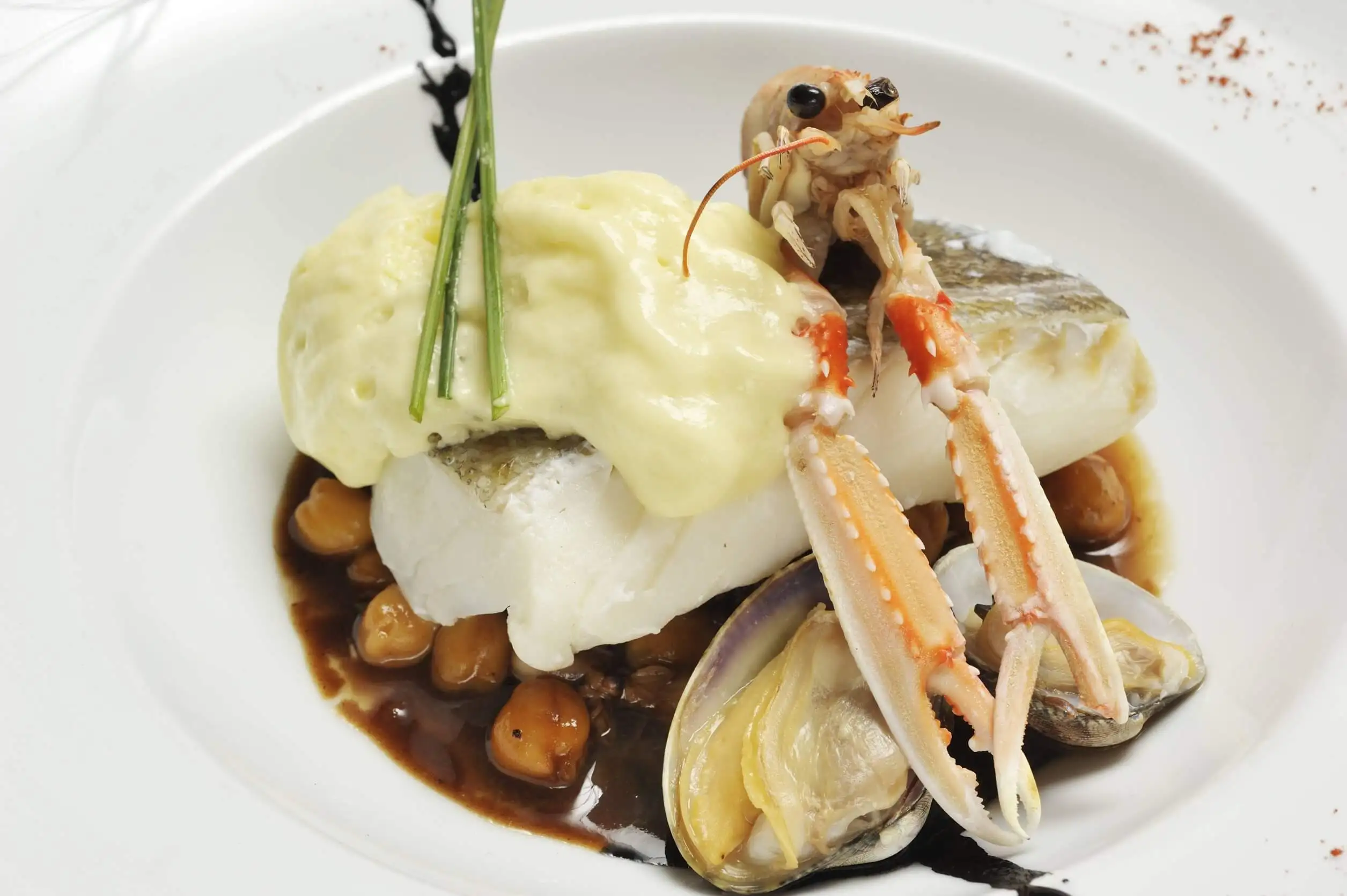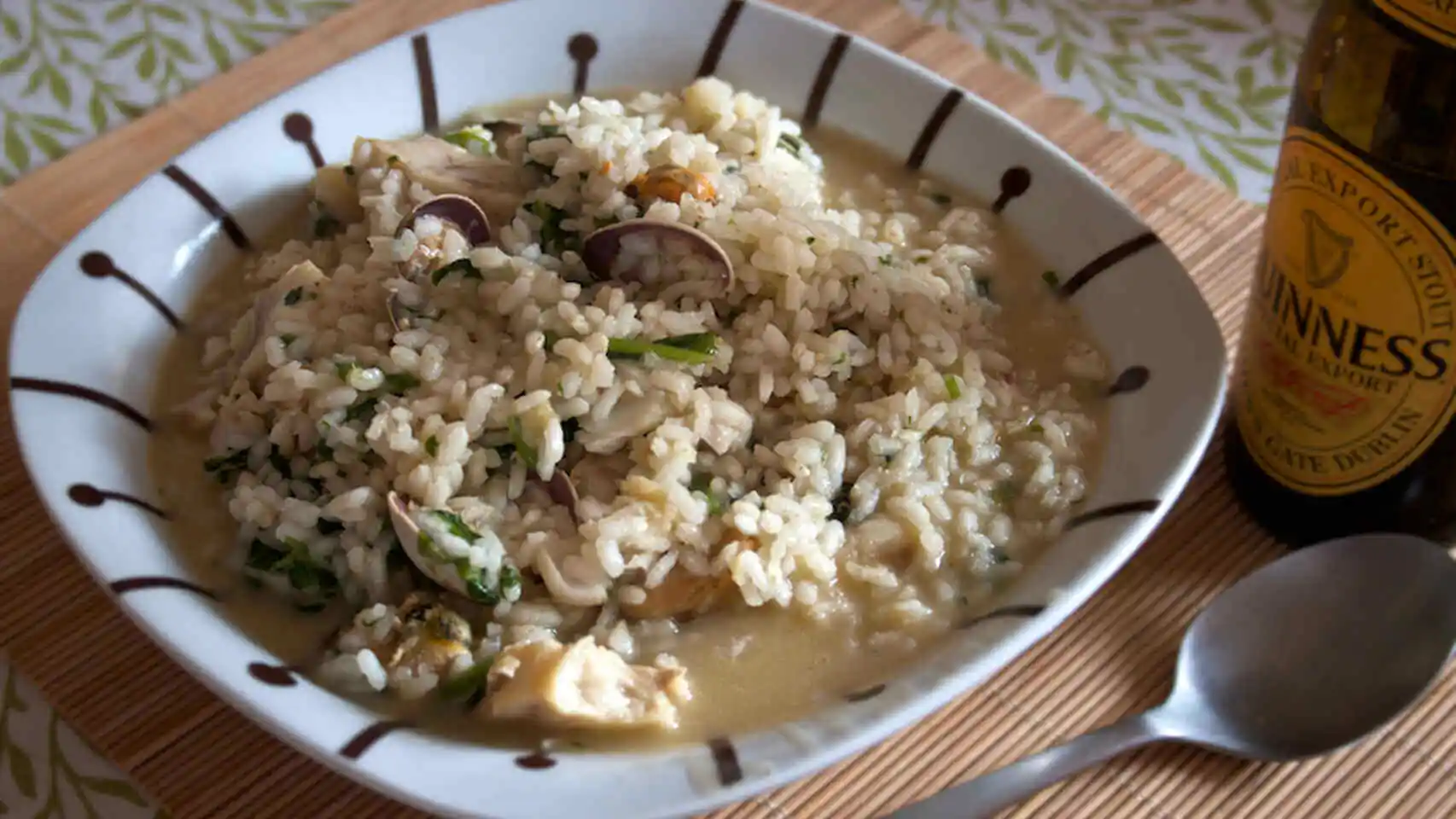Lobster: Nutritional Value, Benefits and Uses in Cooking


Written and verified by the nutritionist Saúl Sánchez Arias
Lobster is one of the types of seafood most appreciated by gastronomic experts. It’s used to prepare many different dishes with rice and different types of broths.
It can also be eaten on its own, grilled, or baked. It has excellent organoleptic characteristics and is no slouch from a nutritional point of view.
However, its high price makes it unaffordable for everyone.
Seafood is considered a healthy food. It’s true that they may be inadvisable for people with gout problems or high uric acid, but these are very specific cases. In general terms, they are a notable source of nutrients.
Nutritional information on lobster
From a nutritional point of view, it should be noted that lobster is characterized by its low-calorie content. About 84 per 100 grams (4 oz) of product. This is because it doesn’t contain much fat nor carbohydrates.
It’s a source of protein and micronutrients. In this sense, it’s suitable to include in the context of a hypocaloric diet with the objective of weight loss.
This food is a source of minerals, such as potassium, magnesium, sodium, iodine, zinc, and iron. For this reason, it can help cover the daily requirements of all of them.

Read more here: Imitation Crab Meat: Do You Know What It’s Made Of?
Benefits of lobster
Let’s take a look at the health benefits of lobster. We must begin by highlighting the power of this food when it comes to improving the functioning of lean mass. This is due to its protein content. It is positive both for sedentary people and for athletes with high activity rates.
We shouldn’t forget that iron will help to avoid anemia. An insufficient supply would lead to a state of tiredness and chronic fatigue. This is evidenced by research published in the Journal of Internal Medicine.
Iodine, on the other hand, is an essential element to ensure the proper functioning of the thyroid gland. A lower-than-recommended intake could lead to hypothyroidism. To ensure that this gland works properly, you’ll need to ensure a sufficient intake of elements such as iron, iodine, and selenium.
You may also be interested in: Homemade and Easy to Make Seafood Soup Recipe
Uses in cooking
Lobster can be eaten grilled, baked, or broiled, without further accompaniment. However, it’s often used to prepare broths or to enhance the flavor of rice dishes, thanks to its intense “sea taste”.
It’s a highly prized food by chefs who prepare high-end, distinguished dishes.
For example, rice broth with lobster is a typical recipe on the Spanish Mediterranean coast. You could even combine this seafood with noodles, obtaining different textures. It’s important to make sure that the lobster is fresh in order to get the most out of it.

Lobster and its excellent properties
Lobster is a type of seafood that stands out for its nutritional properties and for its low-calorie content. It can be included without a problem in a weight loss diet.
However, people with cardiovascular problems or gout should be careful with it, due to the presence of large doses of sodium inside. It also increases uric acid if consumed frequently.
All cited sources were thoroughly reviewed by our team to ensure their quality, reliability, currency, and validity. The bibliography of this article was considered reliable and of academic or scientific accuracy.
- Jäger R, Kerksick CM, Campbell BI, et al. International Society of Sports Nutrition Position Stand: protein and exercise. J Int Soc Sports Nutr. 2017;14:20. Published 2017 Jun 20. doi:10.1186/s12970-017-0177-8
- Cappellini MD, Musallam KM, Taher AT. Iron deficiency anaemia revisited. J Intern Med. 2020;287(2):153-170. doi:10.1111/joim.13004
- Triggiani V, Tafaro E, Giagulli VA, et al. Role of iodine, selenium and other micronutrients in thyroid function and disorders. Endocr Metab Immune Disord Drug Targets. 2009;9(3):277-294. doi:10.2174/187153009789044392
This text is provided for informational purposes only and does not replace consultation with a professional. If in doubt, consult your specialist.








